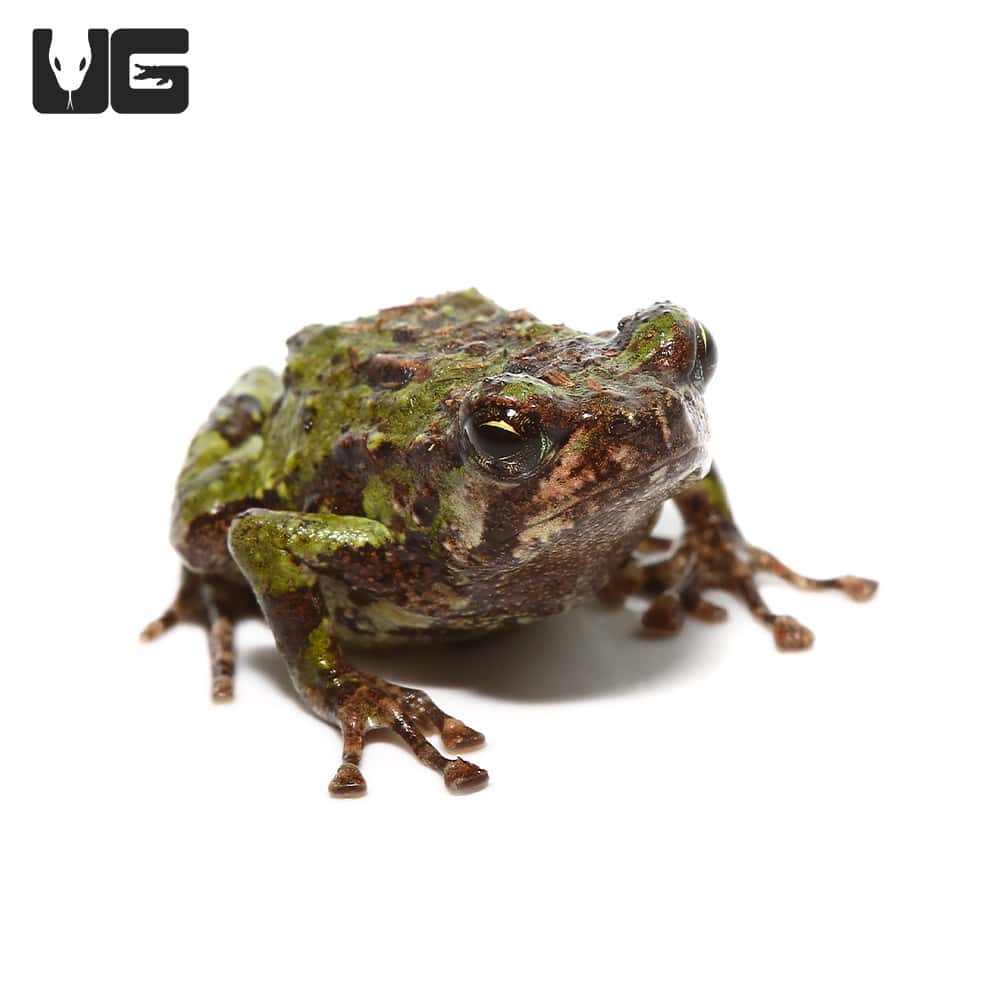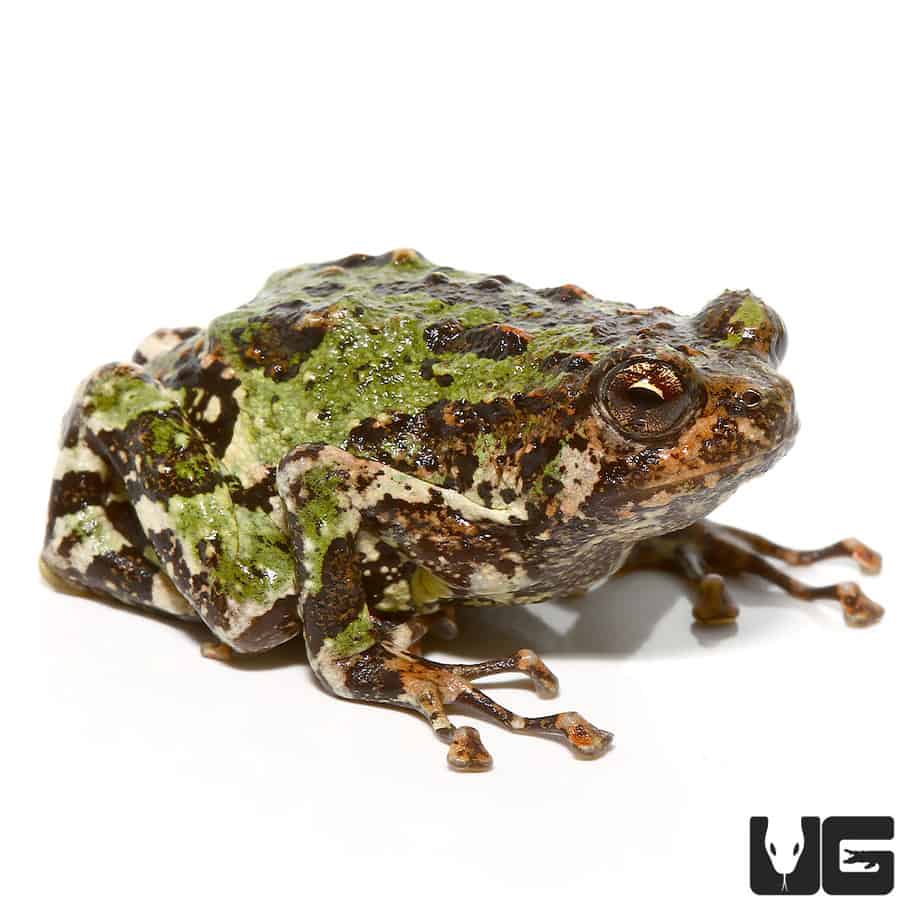Obtain Your Hands on a Rain Frog for Sale: Experience the Joy of Unique Animal Ownership!
Obtain Your Hands on a Rain Frog for Sale: Experience the Joy of Unique Animal Ownership!
Blog Article
The Very Best Reptile Enclosures: Exactly How to Produce the Suitable Environment
Creating the ideal habitat for reptiles is not practically positioning them in a tank or enclosure; it involves a thoughtful consideration of different aspects that add to their general health. From the dimension of the unit to the sort of substratum made use of, every component plays an essential role in offering an atmosphere where your reptile can prosper. By comprehending the certain requirements of your reptile types and carrying out the ideal environment configuration, you can ensure their health and happiness in bondage.
Picking the Right Room Size
When selecting an enclosure dimension for reptiles, it is important to consider their natural behaviors and room needs to guarantee their well-being and health. When it comes to habitat space, various reptile types have varying needs. Arboreal varieties like chameleons or tree snakes require upright area for climbing and perching, while earthbound types such as bearded dragons or leopard geckos need even more flooring space for discovering and thermoregulation. Water turtles like red-eared sliders necessitate enclosures with both water and land areas for swimming and basking.
A basic regulation of thumb is to offer adequate area for the reptile to show natural habits, such as basking, concealing, climbing, and foraging. By thoroughly thinking about the details needs of the reptile varieties in question, owners can produce an appropriate and improving environment that promotes general wellness and motivates all-natural habits.
Establishing Appropriate Heating Elements
To guarantee the wellness and health and wellness of reptiles in their units, it is necessary to very carefully establish correct home heating components. Reptiles are ectothermic creatures, indicating they count on exterior warm resources to regulate their body temperature. When establishing heating elements in a reptile enclosure, it is crucial to take into consideration the details temperature level needs of the types you are taking care of. Different reptiles have differing temperature level needs based on their all-natural environment, so it is necessary to research study and understand these needs.
One common and reliable burner for reptile units is a warm light or ceramic heat emitter. These warmth resources can be used to develop a temperature slope within the enclosure, allowing reptiles to relocate between warmer and cooler locations as needed. In addition, under-tank home heating pads or warm floor coverings can be utilized to provide stomach warmth, which is especially useful for reptiles that call for additional heat to aid in digestion.
Monitoring the temperature level within the unit using a thermometer is vital to make certain that the heating aspects are keeping the appropriate temperature array for your reptile. Routinely inspect and readjust the burner as required to create a comfortable and healthy setting for your flaky friend.
Choosing Appropriate Illumination Components

Supplying the Perfect Substratum
Choosing the proper substratum is necessary for producing a comfy and appropriate environment for reptiles in their units. Some reptiles, such as desert-dwelling varieties like bearded dragons, prosper on substratums like calcium sand or reptile rug, while others, like sphere pythons, choose coconut husk or aspen bedding to maintain moisture levels.
Additionally, the size of the reptile should additionally affect your option of substrate, as hatchlings might need a finer material to avoid intake. Prevent substrates that can cause impaction, such as loosened substrates like sand or gravel, specifically for reptiles understood to ingest their bed linens. Regularly cleansing and replacing the substratum is crucial to guarantee a sanitary and clean environment for your reptile. By picking the optimal substrate, you can add to the general wellness and wellness of your scaly friend.
Decorating for Enrichment and Convenience
Thinking about the substrate's role in providing a foundation for all-natural actions and preserving an appropriate atmosphere, enhancing the reptile unit with correct decors is vital for both enrichment and convenience. When embellishing the enclosure, it is essential to consider the reptile's species-specific requirements and behaviors to create a room that advertises physical and mental health. By including a range of decorations that mimic the reptile's all-natural Visit This Link habitat, owners can guarantee their animal's comfort and boost their natural instincts, inevitably leading to a happier and healthier reptile.
Verdict

Developing the perfect habitat for reptiles is not simply concerning placing them in a storage tank or room; it entails a thoughtful consideration of various aspects that add to their total well-being.Choosing the proper substratum is essential for creating a comfortable and appropriate environment for reptiles in their enclosures. Some reptiles, such as desert-dwelling species like bearded dragons, prosper on substratums like calcium sand or reptile carpeting, while others, like round pythons, prefer coconut husk or aspen bedding to preserve humidity degrees.
By including a selection of decors that mimic the reptile's natural habitat, owners can ensure their animal's convenience and boost their all-natural reactions, inevitably leading to a see page better and much healthier reptile.
In verdict, creating the optimal habitat for reptiles includes choosing the proper room dimension, heating elements, lighting components, substratum, and decorations.
Report this page